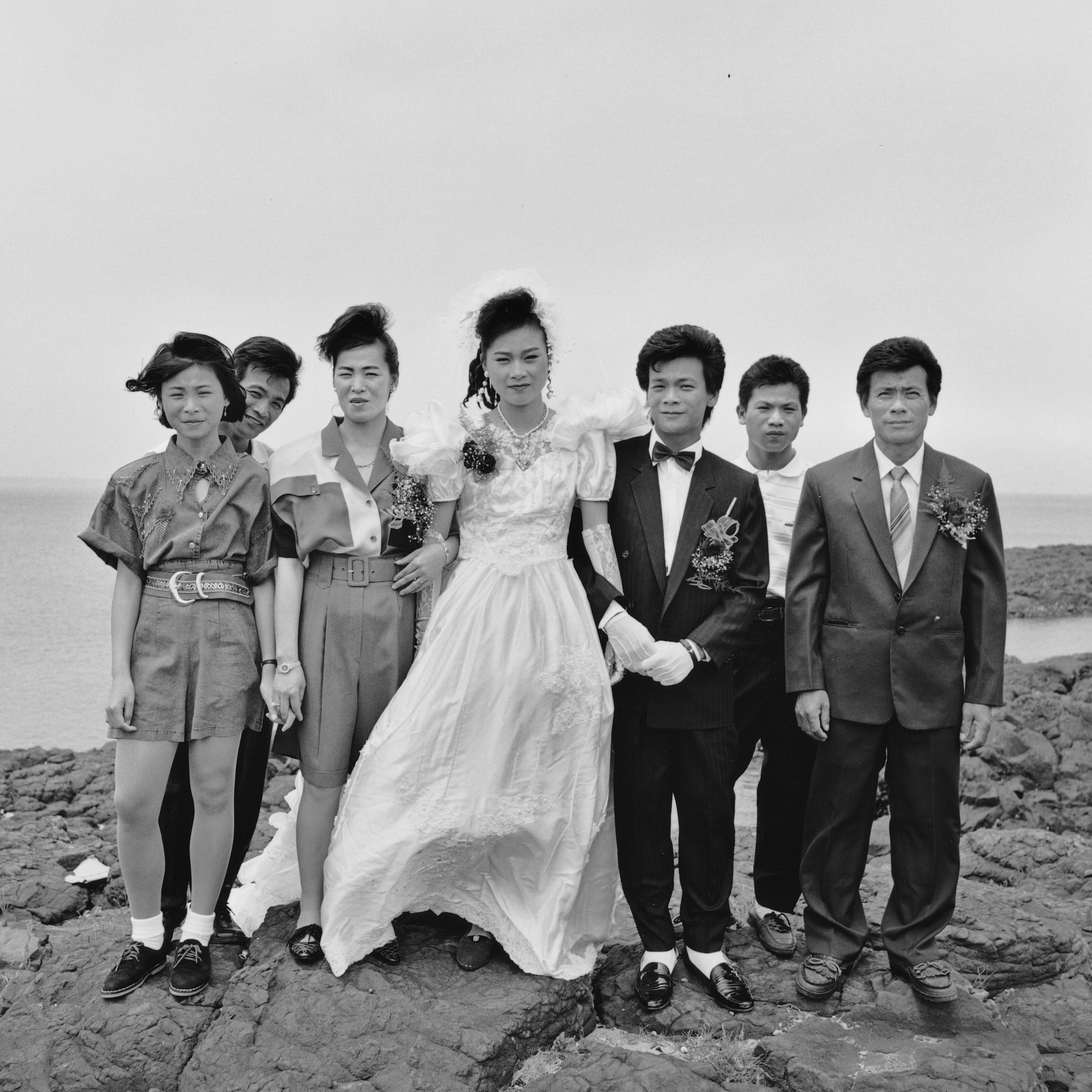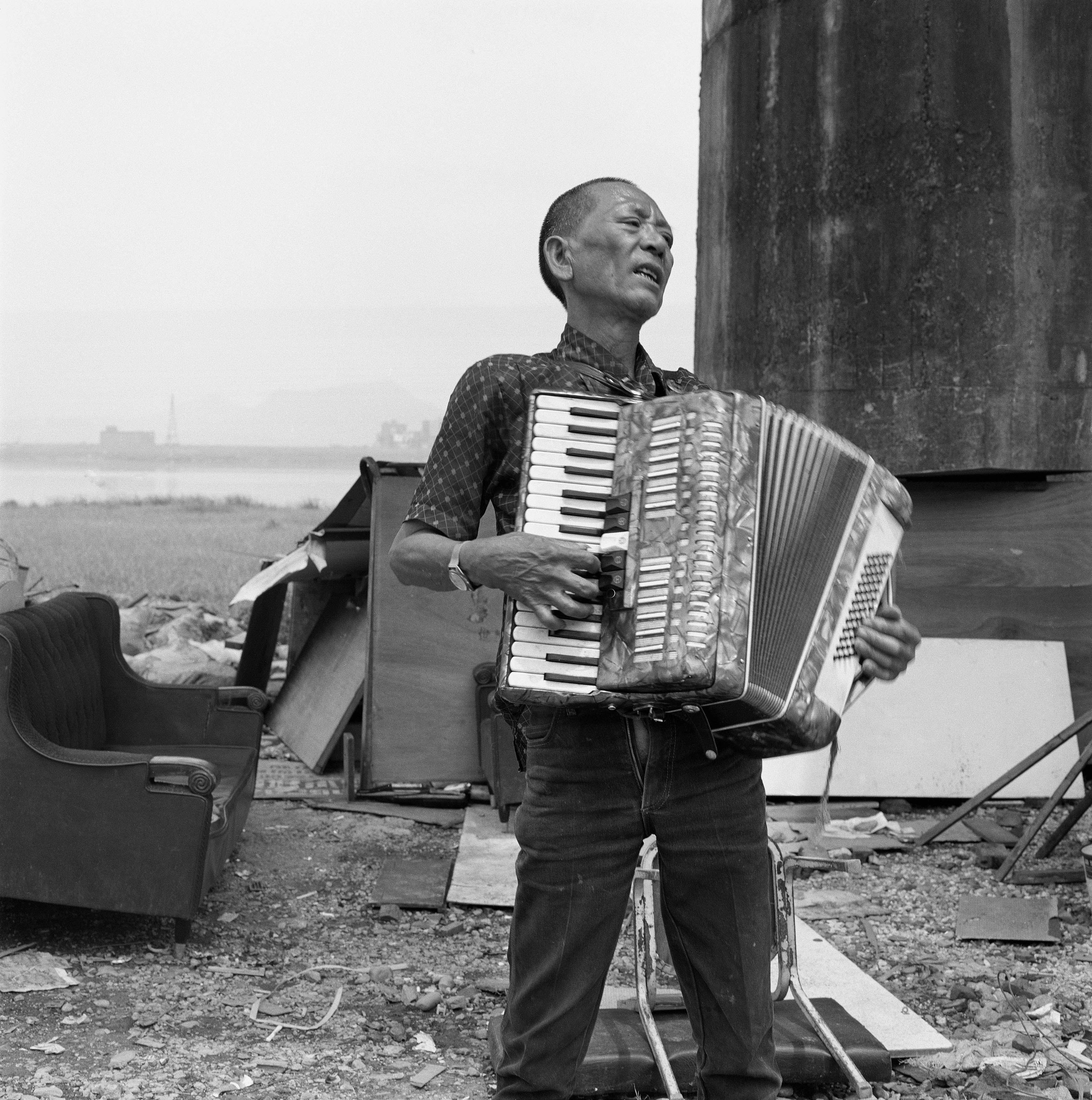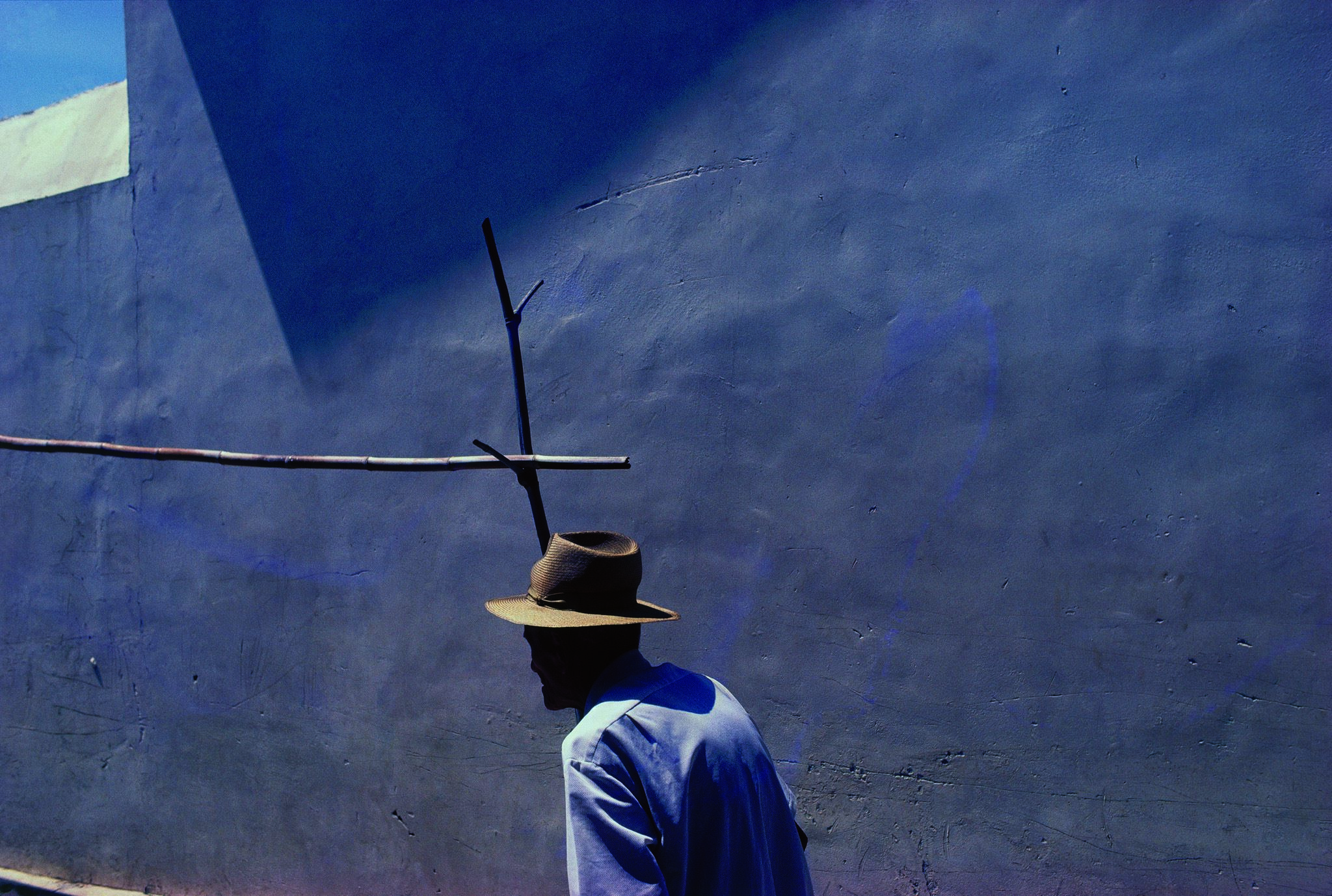The three decades from 1970s to 1990s may be brief in the grand scheme of history, but seeing from a global context for Taiwan, this span of time was a critical and important transitional period for Taiwan’s internal and international affairs, cross-strait development with China, and also socio-economical shifts and changes.
Aside from political, social, and economic progression, the rise of digital technology around the turn of the new millennium has also propelled obvious connections between photography and the external world, resulting in intrinsic changes. However, the key behind the content and vigor of a photograph is certainly not only dictated by the tool, the material, the technique, the platform, and other hardware components applied; with deep-rooted connections to each specific era and propelled and impacted by the given conditions, sustenance accumulated in different settings was likely the driving force behind the photographers in Taiwan, as they stood on this fertile land and conducted their own individual upward battles and pursuits.
As time evolved from the aforementioned decades between the 70s and the 90s, under the intense social tension before and post martial law, Taiwanese photographers, from the main island of Taiwan and its outlying islands, up in the mountains or by the coastal shore, compared with those in other creative practices such as literature or painting, sought to use photography to portray and even interpret the different emotions and ups and downs unfolding in that era, as they engaged in society and interacted closely with various communities including Hokkien, Hakka, mainlanders, and indigenous groups, responding to external challenges in reality and extended inwards to examine life.
After decades of distillation and accretion, these photographic works have, in the interim, augmented the important ethos and practical foundation of photography internally in Taiwan, through the expansion of its format and phraseology. The transfixed and distinct ethic features in these artworks and also the continually overlapping and subtle contours of the islands not only serve as clues and memories for us to look back upon and use as references for constructing history; the viewpoints of the photographers have also become dignified reflective and direct “gazes” for the islands today and for this era of uproar.







